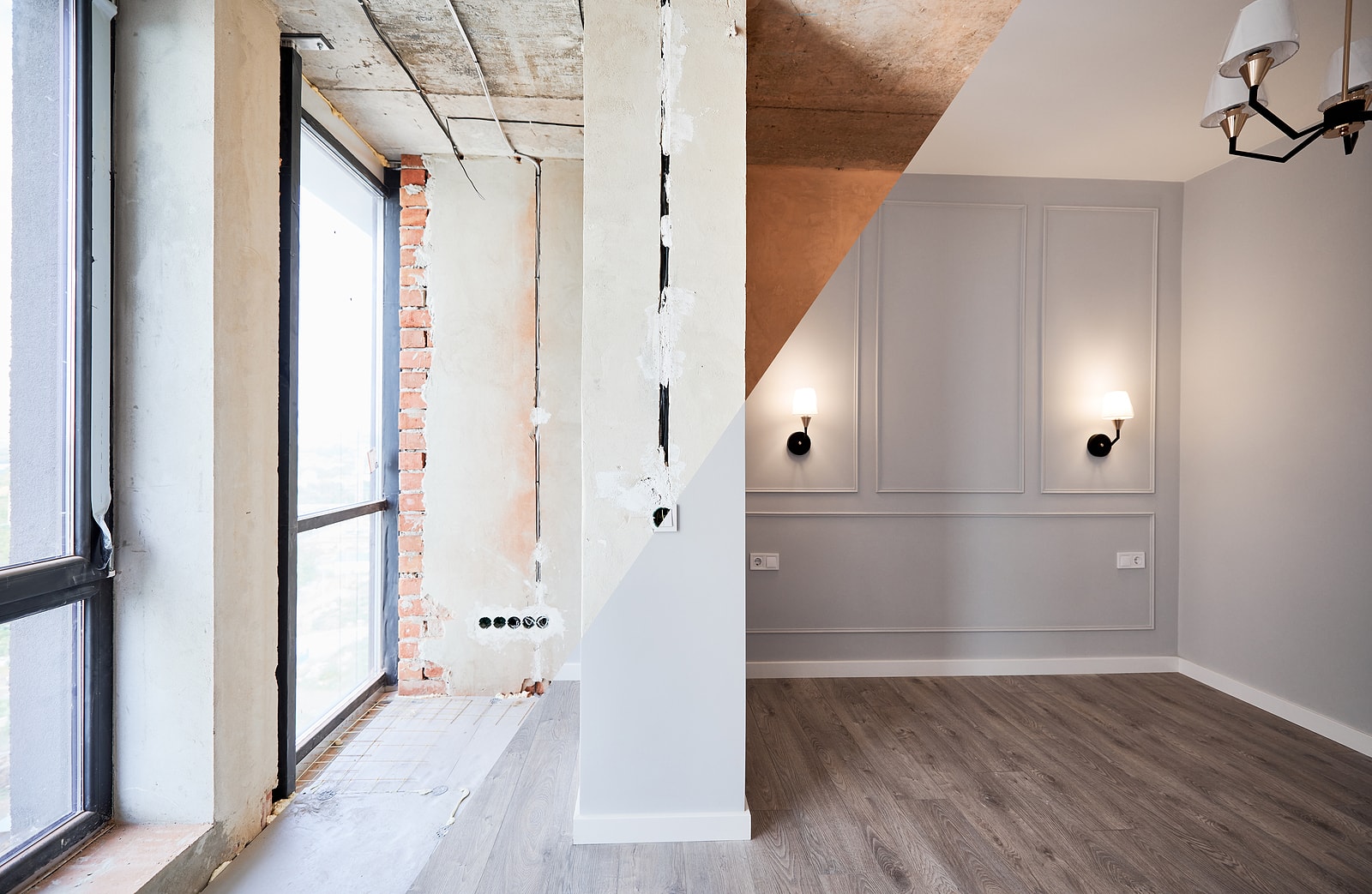
A friend who lives in another state sold her home last year. Long before she put it on the market and long before she chose a real estate agent, we talked about selling strategies.
Her home ended up selling in record time, at the best price she imagined. She suggested that I share my strategies with you.
So, here we go.
The successful sale of a home depends on the following strategies, and they must ALL work together:
- Pricing
- Presentation
- Marketing
Read on for the breakdown of each of these strategies.
#1 Pricing your home
This seems so basic to me, so, when Clara (the aforementioned friend) decided to sell her home, I ran a quick market analysis for her to help us come up with a base price.
There was another home in her neighborhood for sale and another, about three blocks outside the neighborhood, that was also on the market.
Mary wanted to price her home comparable to the prices of these homes.
That’s mistake number one. The market value of a home is based on what a willing buyer pays for a home. Until her neighbors’ homes actually sell, what they are asking for their homes is a fantasy; who knows if the homes will sell for that price?
Keep this in mind: market value is based on the sales price, not the asking price, of homes comparable to yours
Yes, it’s hard to price your home higher or lower than the competition. It’s scary. But all you need to know is that their prices are a fantasy. Price yours at market value and you will be rooted in reality.
#2 Presentation
One of my colleagues sums this one up in one sentence: “Realize that little things do matter.”
Understanding the way real estate is evaluated is key to manipulating the end result. And, the way a property is presented is the key to everything.
PRESENTATION is paramount in the sale of everything from cars to, yes, homes.
You wouldn’t think of selling your car before detailing it, right?
Think a new kitchen faucet won’t be noticed? Think again. New knobs and drawer pulls? Buyers may not “get” them, but because they add to the overall appeal, they will contribute to a perceived value. And THAT is what “presentation” is all about.

#3 Marketing
What are you expecting from a real estate agent when you choose him or her as your listing agent? Stick a sign in the yard and a lockbox on the door? A flyer box on the sign? Suggestions on how to stage the home?
In reality, marketing the home is a listing agent’s primary job.
And, when the price is right and the home is brilliantly presented and it still sits on the market, nine times out of ten it’s because of the lack of effective marketing.
It takes a lot more than a generic, one-size fits all template type of marketing plan, especially when online marketing is so important.
Forget about the hype you read about “how to hire a listing agent.” The number one criteria should be the agents’ plans to market your home. Ask for examples of past marketing efforts, including the home’s description in the MLS.
We’re happy to answer any questions you may have. Feel free to reach out!

























